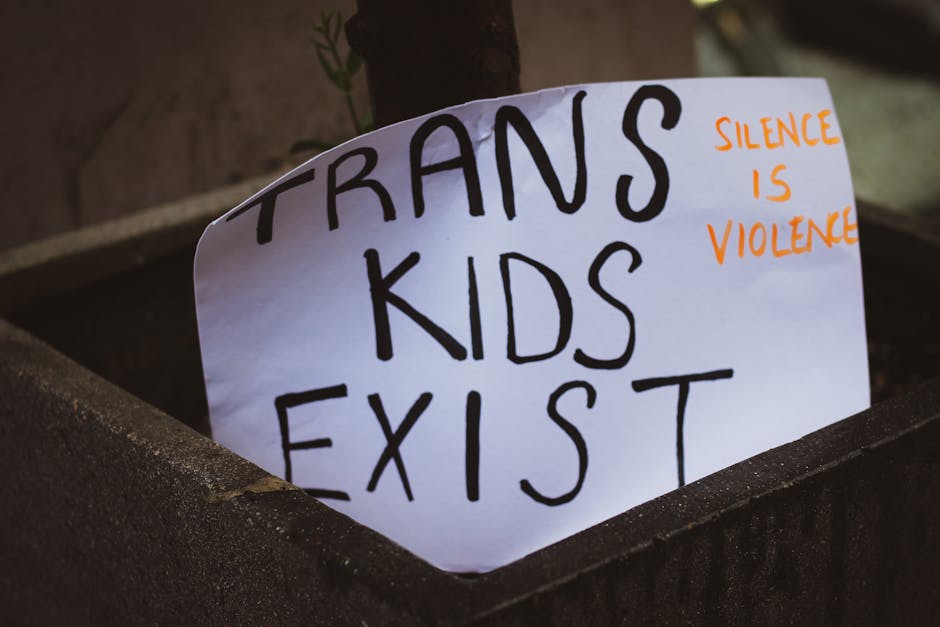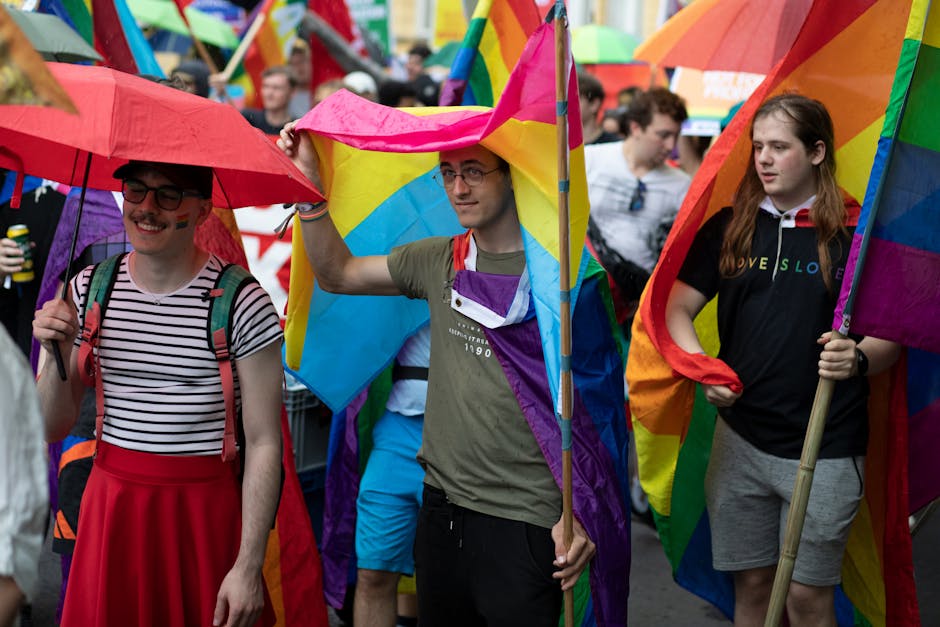Increasing Visibility for Social Causes: A Comprehensive Guide
At a time when social issues are at the forefront of public consciousness more than ever before, the need to increase visibility for social causes has become paramount. From environmental sustainability to racial justice, there are countless important causes that require attention and support. But how can individuals, organizations, and communities effectively raise awareness and garner support for these causes?
This article delves into the strategies, tools, and best practices that can be employed to increase visibility for social causes. By understanding the various ways in which visibility can be enhanced, we can work towards creating a more informed and engaged society that is committed to positive change.
The Power of Visibility

Visibility plays a crucial role in the success of any social cause. When a cause is visible, it has the potential to reach a larger audience, attract more supporters, and ultimately effect change on a broader scale. Visibility can take many forms, from traditional media coverage to social media engagement, community events, and grassroots campaigns. By increasing visibility, social causes can amplify their message and impact, driving meaningful progress in the areas that matter most.
Utilizing Social Media

In today’s digital age, social media has emerged as a powerful tool for increasing visibility for social causes. Platforms like Facebook, Twitter, Instagram, and LinkedIn offer a wide-reaching and cost-effective way to connect with audiences across the globe. By creating compelling content, engaging with followers, and leveraging hashtags and trending topics, organizations can significantly boost their visibility and reach a larger audience than ever before.
For example, the #BlackLivesMatter movement gained widespread visibility and support through social media, with millions of users sharing resources, information, and personal stories to raise awareness about racial injustice and police brutality. By harnessing the power of social media, social causes can generate momentum, spark conversations, and mobilize communities towards action.
Collaborating with Influencers

One effective way to increase visibility for social causes is by collaborating with influencers and thought leaders who have a large and dedicated following. Influencers can help amplify a cause’s message, reach new audiences, and lend credibility and authenticity to the campaign. By partnering with influencers who are aligned with the values and goals of the cause, organizations can tap into their influence and expand their reach in ways that may not be possible through traditional means.
For instance, Greta Thunberg, a prominent climate activist, has used her platform to raise awareness about environmental issues and inspire a global movement for climate action. By leveraging her influence and visibility, she has been able to drive significant attention and support towards the urgent need for environmental sustainability.
Organizing Events and Campaigns

Hosting events and campaigns is another effective way to increase visibility for social causes. Whether it’s a charity run, a fundraising gala, a community clean-up, or a virtual summit, events provide a tangible and engaging way for supporters to connect with the cause and take action. By creating memorable and impactful experiences, organizations can generate buzz, attract media coverage, and inspire others to get involved.
For example, the #MeToo movement gained widespread visibility through a series of events, rallies, and marches that brought survivors together to share their stories and demand accountability for sexual harassment and assault. By organizing these events, the movement was able to amplify its message, raise awareness, and build solidarity among supporters.
Engaging with Traditional Media
While social media has become a dominant force in shaping public discourse, traditional media still plays a significant role in increasing visibility for social causes. By pitching stories to journalists, writing op-eds, and securing interviews on radio, television, and print media, organizations can reach a broader audience and lend credibility to their cause. Traditional media outlets have the power to amplify a cause’s message, spark public debate, and influence policy decisions, making them a valuable ally in the fight for social change.
For instance, the #MarchForOurLives movement, which advocated for gun control legislation in the United States, garnered extensive media coverage through interviews, press releases, and op-eds in major news outlets. By engaging with traditional media, the movement was able to elevate its visibility, attract influential supporters, and drive the conversation around gun violence prevention.
Educating and Mobilizing Communities
Increasing visibility for social causes also involves educating and mobilizing communities to take action. By hosting workshops, seminars, and town halls, organizations can provide information, resources, and tools for individuals to get involved and make a difference. Community engagement is essential for building grassroots support, fostering collaboration, and driving sustainable change at the local level.
For example, the #BlackLivesMatter movement has organized community forums, voter registration drives, and educational campaigns to empower Black communities, raise awareness about systemic racism, and advocate for policy reforms. By mobilizing communities, the movement has been able to amplify its message, build solidarity, and effect change through collective action.
Measuring Success and Impact
As organizations work to increase visibility for social causes, it’s important to measure success and impact to determine the effectiveness of their efforts. By tracking key performance indicators, setting goals, and analyzing data, organizations can evaluate the reach, engagement, and outcomes of their visibility campaigns. This data-driven approach allows organizations to identify what’s working, make informed decisions, and optimize their strategies for maximum impact.
For instance, organizations can use metrics like website traffic, social media engagement, email open rates, and donations to gauge the effectiveness of their visibility campaigns. By monitoring these metrics, organizations can refine their messaging, target their efforts, and drive towards their goals with greater precision and impact.
Common Misconceptions
One common misconception about increasing visibility for social causes is that it requires a large budget or extensive resources. While financial resources can certainly help amplify a cause’s message, there are many low-cost and no-cost strategies that can be just as effective in raising awareness and mobilizing support. By leveraging social media, collaborating with influencers, organizing events, and engaging with communities, organizations can increase visibility for social causes without breaking the bank.
Conclusion
To wrap things up, increasing visibility for social causes is a multifaceted and dynamic process that requires creativity, persistence, and strategic thinking. By utilizing social media, collaborating with influencers, hosting events, engaging with traditional media, educating communities, and measuring impact, organizations can effectively raise awareness, attract supporters, and drive meaningful change. In a world where social issues demand urgent attention and action, increasing visibility for social causes is not just a choice it’s a necessity for creating a better and more equitable society for all.



